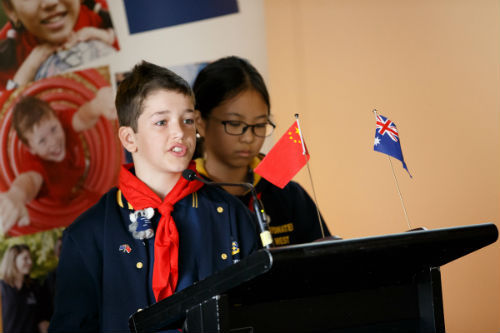
In his paper, “Is School Reform Working?”, Professor Geoff Masters (Chief Executive Officer, Member of the Board, Australian Council for Educational Research) explores whether or not the policy settings for Australian schools are on track to ensure future improvements in that country’s decade-long decline in the PISA test. Australia was one of a small number of relatively high-performing countries in which achievement levels in PISA declined over this period. Masters notes in his paper that “Research and international experience make clear that there are more and less effective approaches to school reform and to achieving improved student performance.” Geoff will be sharing further perspectives on school reform at The Education Partners “Learning from high-performing school systems to improve education for all” panel in Sydney on February 20th.
I caught up with him recently to get some answers to the questions I had.

Geoff, in your view, what are the characteristics of highly effective schools in Australia?
Highly effective schools in Australia are not different from highly effective schools anywhere. They have a strong focus on continual improvement, often with explicit school-wide goals for improving current school practices and levels of student achievement. They place a high priority on monitoring the achievement of their improvement goals by systematically collecting, analyzing and discussing evidence of progress.
Underpinning these efforts are positive and caring relationships; a deep belief that every student is capable of successful learning; and a curriculum that is explicit, coherent, sequenced and shared with parents and families. Highly effective schools apply their resources (staff expertise, funds, facilities) in a targeted manner to maximize student learning and wellbeing, and partnerships with parents and the school community are strategically established to provide access to support and resources not available within the school.
In highly effective schools, teachers are supported to work as school-wide, professional learning teams with shared responsibility for improving teaching and learning. There is recognition that high quality instruction is the key to improved student learning, and teachers and school leaders are engaged in ongoing efforts to understand and meet the needs of individual learners and to improve on current teaching practices.
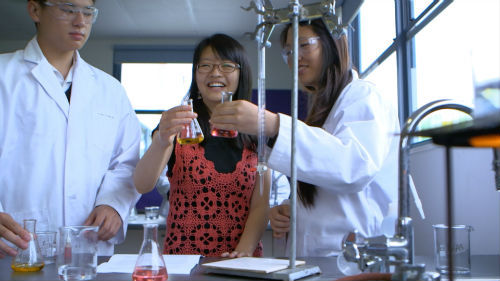
The National School Improvement Tool was made available to all Australian schools for use in their school improvement planning in 2013. How effective has this initiative been in helping low achieving schools in Australia improve? What more needs to be done?
The National School Improvement Tool (NSIT) was developed by the Australian Council for Educational Research and approved by the Council of Ministers of Education for use in Australian schools. The NSIT was built on research into the practices of highly effective schools, defined as schools that make rapid improvements in student performance over time or that perform unusually well given the socioeconomic backgrounds of their student intakes.
The NSIT consists of nine areas or ‘domains’ of school practice. Each domain identifies and describes a set of practices that highly effective schools tend to have in common. For example, the domain ‘an expert teaching team’ notes that in highly effective schools, teachers are experts in the fields in which they teach; have high levels of pedagogical knowledge and skill; collaboratively plan, deliver and review the effectiveness of their lessons; and take personal and collective responsibility for improving student learning and wellbeing.
For each of the nine domains, the NSIT provides four described levels of performance (low, medium, high, outstanding) which can be used either for school self-assessments or for external evaluations of schools’ practices.
In 2010, the state of Queensland made a decision to use the NSIT to conduct external reviews of all 1230 government schools in that state. By October 2012, 660 of those schools had been reviewed twice. A number of schools showed significant improvements in at least some areas of their practice, sometimes within as little as twelve months. Principals reported high levels of satisfaction with the external review process and also with the intensive self-reflection that the NSIT promoted within the school, with satisfaction ratings consistently exceeding 90 per cent.
Feedback from schools revealed that although schools sometimes found the results of the review confronting, it was valuable in identifying areas of practice requiring attention and in designing whole-school improvement plans. School leaders reported that the review process was most helpful in bringing staff together around a shared improvement agenda and in promoting conversations about practice that may not otherwise have occurred.
The NSIT has now been used by several Australian states, including Tasmania and the Northern Territory. A consistent finding is that schools show least year-on-year improvement in those domains that relate to the quality of day-to-day classroom teaching. And yet, it seems likely that improvement in these domains will have the greatest impact on student achievement. An ongoing challenge is to improve the quality of instruction in Australian schools.
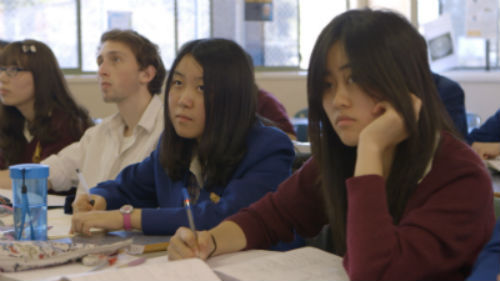
Can you share any case studies of previously low achieving schools that have improved and comment overall on the approaches you believe have been most effective in the turnaround process?
One characteristic of highly effective schools is that they form partnerships to enhance student learning and wellbeing. This includes partnering with parents and families, and possibly with other education and training institutions, local businesses, or community organizations. The Australian Council for Educational Research, in its publication, Partnering for School Improvement, has identified a number of schools that have established effective partnerships that have led to improved student outcomes.
One of these schools is Hunter River High School in New South Wales, a comprehensive, coeducational high school. Five years ago, thirty percent of students entering seventh grade at the school scored below a reading age of ten. Increasing numbers of children were being diagnosed with learning, behavioral and emotional disorders, which were impacting on their ability to learn. The school concluded that poor reading skills were contributing to early school leaving, disruptive and antisocial behavior and poor performance across almost all areas of the curriculum.
An enquiry from a community member led to the formation of a Community Volunteer Tutors’ Group. The Smith Family, a charity committed to helping disadvantaged students, also assisted by donating dictionaries, calculators, stationery, as well as fiction and reference books. A support program was established for students in need of support and volunteers worked one-on-one with students in weekly sessions providing tutoring and feedback and ensuring that they had the resources needed to complete homework.
As a result of this initiative, achievement levels at the school have improved. There has been an increase in students’ word attack, comprehension and text recognition skills. School attendance has improved, particularly on tutoring days, and surveys show that students feel more confident about school and have higher levels of self esteem. There has also been a decline in the number of students dropping out during the final years of high school.
For more information on Is School Reform Working?
The Education Partners “Learning from high-performing school systems to improve education for all” panel discussion will be held at The Refectory, The Holme Building, Science Road, NSW 2006 on February 20 at 5:30pm.
For more information on The Education Partners

(All photos are Courtesy of the Department of Education Victoria)
Join me and globally renowned thought leaders including Sir Michael Barber (UK), Dr. Michael Block (U.S.), Dr. Leon Botstein (U.S.), Professor Clay Christensen (U.S.), Dr. Linda Darling-Hammond (U.S.), Dr. MadhavChavan (India), Professor Michael Fullan (Canada), Professor Howard Gardner (U.S.), Professor Andy Hargreaves (U.S.), Professor Yvonne Hellman (The Netherlands), Professor Kristin Helstad (Norway), Jean Hendrickson (U.S.), Professor Rose Hipkins (New Zealand), Professor Cornelia Hoogland (Canada), Honourable Jeff Johnson (Canada), Mme. Chantal Kaufmann (Belgium), Dr. EijaKauppinen (Finland), State Secretary TapioKosunen (Finland), Professor Dominique Lafontaine (Belgium), Professor Hugh Lauder (UK), Professor Ben Levin (Canada), Lord Ken Macdonald (UK), Professor Geoff Masters (Australia), Professor Barry McGaw (Australia), Shiv Nadar (India), Professor R. Natarajan (India), Dr. Pak Tee Ng (Singapore), Dr. Denise Pope (US), Sridhar Rajagopalan (India), Dr. Diane Ravitch (U.S.), Richard Wilson Riley (U.S.), Sir Ken Robinson (UK), Professor PasiSahlberg (Finland), Professor Manabu Sato (Japan), Andreas Schleicher (PISA, OECD), Dr. Anthony Seldon (UK), Dr. David Shaffer (U.S.), Dr. Kirsten Sivesind (Norway), Chancellor Stephen Spahn (U.S.), Yves Theze (LyceeFrancais U.S.), Professor Charles Ungerleider (Canada), Professor Tony Wagner (U.S.), Sir David Watson (UK), Professor Dylan Wiliam (UK), Dr. Mark Wormald (UK), Professor Theo Wubbels (The Netherlands), Professor Michael Young (UK), and Professor Minxuan Zhang (China) as they explore the big picture education questions that all nations face today.
The Global Search for Education Community Page
C. M. Rubin is the author of two widely read online series for which she received a 2011 Upton Sinclair award, “The Global Search for Education” and “How Will We Read?” She is also the author of three bestselling books, including The Real Alice in Wonderland, is the publisher of CMRubinWorld, and is a Disruptor Foundation Fellow.



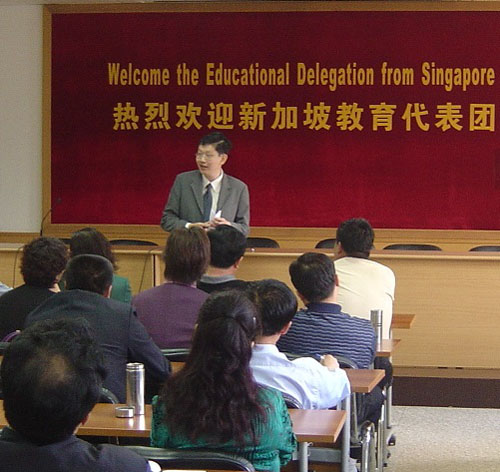
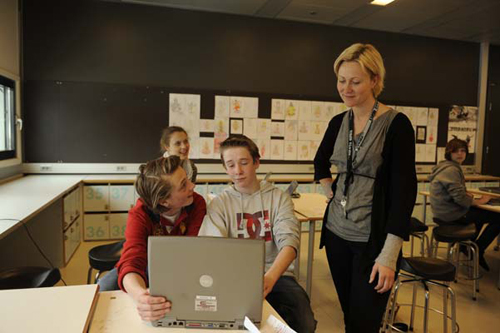
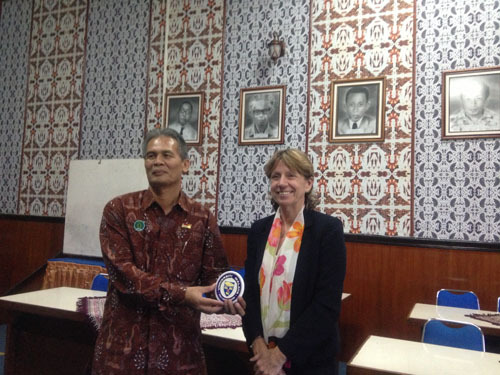
Recent Comments